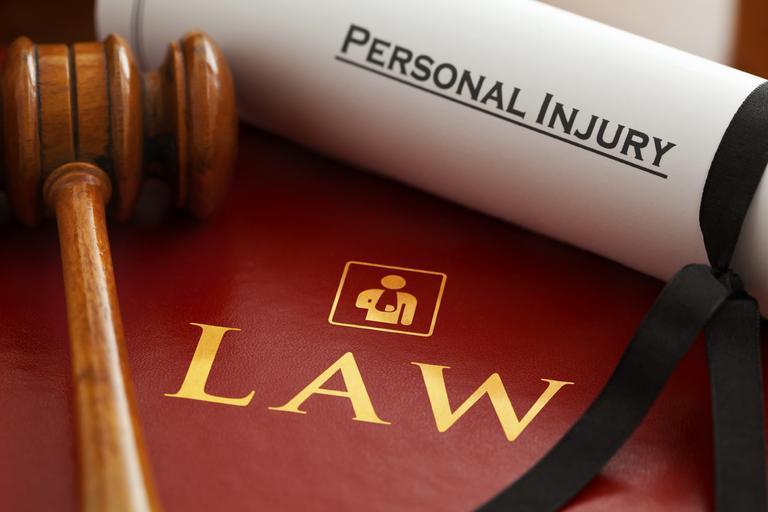Accidents happen. Whether it’s a car crash, a slip and fall, or a dog bite, accidental injuries can significantly impact your life. Personal injury law is a complex area of the legal system that helps individuals injured due to another party’s negligence or wrongdoing.
If you’ve been injured in an accident, understanding the legal process can feel overwhelming. This article will outline the key steps in an average personal injury case, providing a clearer picture of what to expect.
Remember, navigating the legal system after an accident can be challenging. That’s why seeking guidance from the experienced personal injury attorneys at Joye Law Firm and other such great law firms is crucial. They can provide personalized advice and support throughout the legal process, protecting your rights.
Initial Consultation with a Lawyer
The first step after an accident is often to seek legal advice. Consulting with an experienced personal injury attorney early on can significantly impact the outcome of your case. During your initial consultation, your attorney will gather details about the accident, assess potential liability, and discuss your legal options. They will also explain the potential costs associated with pursuing your claim.
Investigation and Evidence Gathering
A thorough investigation is critical in building a strong personal injury case. Your attorney will gather crucial evidence to support your claim, such as medical records documenting your injuries, police reports detailing the accident, and witness statements.
They may also photograph the accident scene and consult with experts, such as accident reconstruction specialists or medical professionals, to provide further insights into the incident.
Notification of the Responsible Party
Once sufficient evidence is gathered, your attorney will formally notify the at-fault party or their insurance company of your claim. This notification typically includes a detailed description of the accident, the injuries sustained, and the damages you seek.
Clear and concise communication is essential during this stage to ensure the insurance company understands the seriousness of your claim.
Settlement Negotiations
The majority of personal injury cases are resolved through settlement negotiations. During this phase, your attorney will negotiate with the insurance company to reach a fair settlement that compensates you for your injuries, medical expenses, lost wages, and pain and suffering.
Common negotiation tactics may include offering counter-offers and exploring potential compromises.
Filing a Lawsuit
If settlement negotiations fail to reach a satisfactory resolution, your attorney may file a lawsuit against the at-fault party. A personal injury lawsuit typically includes a complaint outlining the details of the accident, the injuries sustained, and the damages sought, as well as a summons notifying the defendant of the lawsuit.
Discovery Process
The discovery phase is a crucial part of the litigation process. During this stage, both parties exchange information and evidence relevant to the case. This may include requesting and producing documents, such as medical records and insurance policies.
Depositions, which are sworn testimonies given under oath, may also be conducted with witnesses. Interrogatories, written questions that must be answered under oath, are another common discovery tool.
Pre-Trial Motions
Before the trial begins, both parties may file pre-trial motions to address legal issues. These motions can address various matters, such as requesting the court to dismiss the case or seeking summary judgment, a decision based on the evidence without a full trial.
Trial
The trial typically begins with opening statements from both sides, followed by the presentation of evidence and witness testimony. Each side will have the opportunity to present its case and cross-examine witnesses.
After the evidence is presented, both sides will deliver closing arguments summarizing their positions. Finally, the jury will receive instructions from the judge and then retire to deliberate and reach a verdict.
Verdict and Judgment
After the jury reaches a verdict, the judge will enter a judgment reflecting the jury’s decision. If the verdict is in your favor, the judgment will typically specify the compensation you are entitled to receive. This compensation may include damages for medical expenses, lost wages, pain and suffering, and other losses resulting from the accident.
Post-Trial Actions
After the verdict is reached, there may be post-trial actions. If either party disagrees with the verdict, they may appeal to a higher court. If a judgment is awarded in your favor, your attorney will work to collect the compensation from the defendant or their insurance company. This may involve legal action to enforce the judgment if necessary.






